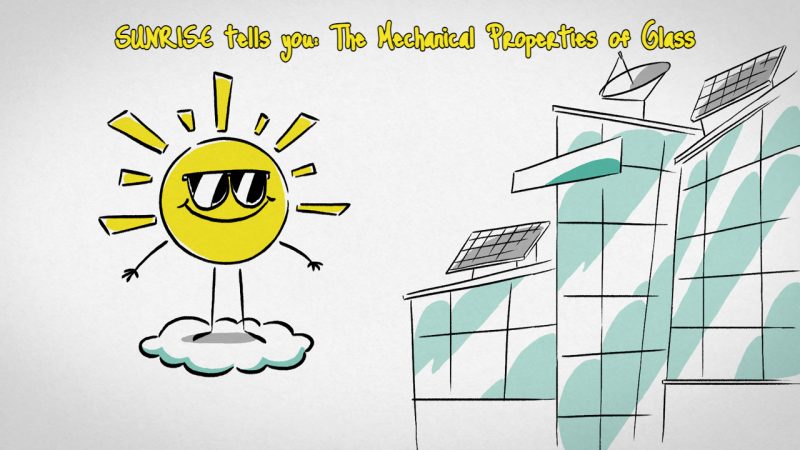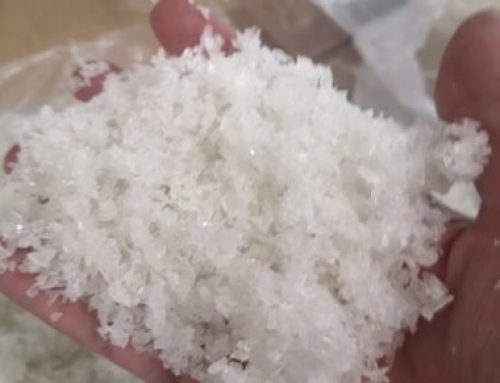9 May 2022
Glass is a material of considerable hardness and, in general, transparent, characterized by an amorphous molecular structure. Its characteristics are very peculiar, especially when we talk about its mechanical properties.

SUNRISE lists below some properties and applications of glass that might be interesting to know:
- Durability of glass
The durability of glass is testified by its presence in many historic buildings. Unless it is loaded excessively or is affected, eroded by the passage of time, it will continue to offer its service through the centuries of use.
- Strength of glass
There are differences depending on the type of glass as to its strength. What is relevant is that the laminated glass, thanks to the interlayers of polyvinyl butyral, has the particularity of retaining the glass fragments in case of breakage, thus avoiding the risk of injury and the risk of falling.
- The resistance of glass
Glass is not like other building materials. It’s transparent, rigid enough to ensure solidity but brittle at the same time.
The rigidity of glass distinguishes it from other materials. Most sheet products deform under load. Their structure allows atoms or molecules to move, move each other, for glass is not so. This freedom in other materials can lead to permanent deformation, while the glass resumes its shape once the weight is removed.
- The thermal insulation of glass
Energy saving in buildings is achieved by carefully studying the topic of thermal insulation. Glass facade parts have always been the weak point in this respect, so it is important to choose the most suitable products to significantly reduce heating costs.
In the past, windows were made of only one sheet of glass, a factor that did not retain heat at all. Subsequently, insulating glass was introduced with two slabs that created an air gap between them. The heat dispersed by these systems is exactly half as much as single slabs, but still too high.
Today there are products that can further reduce heat loss to the outside by 50%-70%. At the basis of this innovation is the concept that the hot bodies inside the house disperse heat by radiation, the coating reflects the heat back to the inside.





Leave A Comment